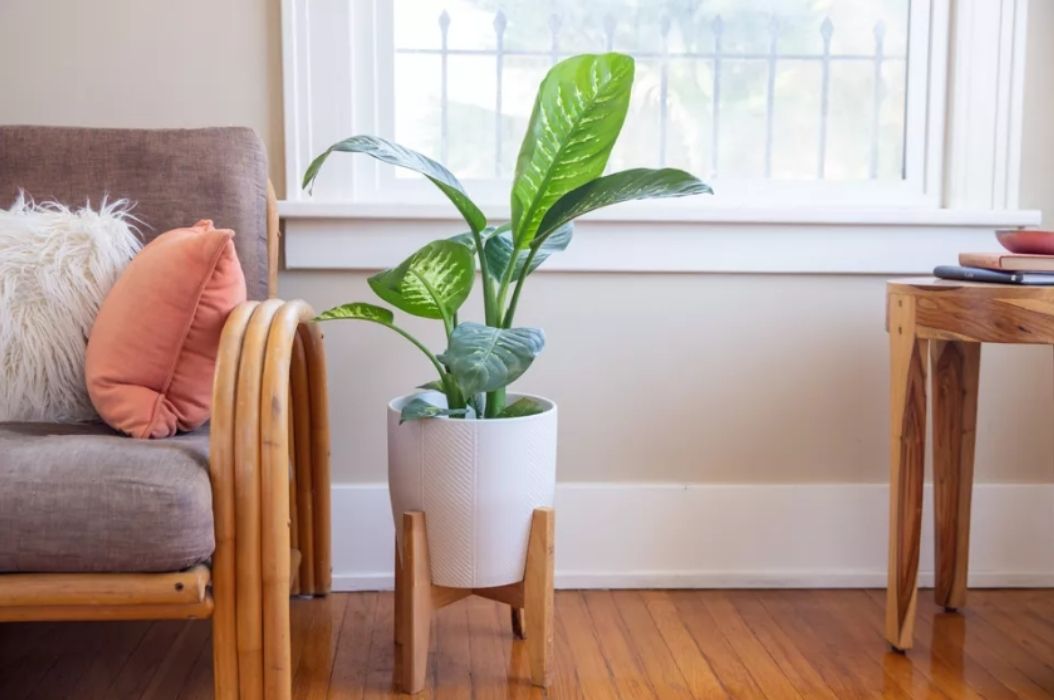
Indoor plants not just make your home look fresh and purify the air in your home, they also make great room decor. But let’s be real, many of us have no idea where to start and just buy the plant that looks pretty.
I have been there, I overwatered my Calathea orbifolia plant, made the stems limp, rotted and died. It saddened me because at one time I saw the plant still fresh and living then suddenly it dead. Well, some of you might have experienced this, and if you don’t, I made this post for you, especially for a beginner so you know what indoor plants are easy to care for, how to properly care for them and hopefully, not kill your plant.
Actually, you don’t need to worry about them dying in a month, because these indoor plants are hard to kill. So enjoy growing them!
28 Indoor Plants That Are Easy To Keep Alive
1. Spider plant (Chlorophytum comosum)
The spider plant is among the most popular and known as one of the easiest indoor plants to grow even for newbie gardeners. The plant got its name because of the spider-likes plants or spiderettes which dangle down from the mother plant like spiders on a web. This houseplant looks nice in a hanging basket or place on a table where its long shots will give your home a beautiful display.
Spider Plant Care:
Light: Place the plant in bright to moderate indirect sunlight.
Watering: Once a week watering is sufficient. Keep the soil slightly moist, don’t let the soil become soggy which can lead to root rot, and dry out completely. Spider plants are sensitive to fluoride in tap water and chloride. So consider using distilled water or rainwater for the plants.
Temperature: Spider plants prefer average room temperature (55-880F or 13-270C) and humidity.
Fertilize: Up to twice a month in the spring and summer with a balanced houseplant fertilizer.
Toxicity: Spider plant is non-toxic, so it’s pet-friendly.
Image source: The Spruce
2. Philodendron Imperial Red (Philodendron erubescens)
There are many variations of philodendron, like this imperial red that have thick red leaves and is a relatively new hybrid, which has a bigger size and even some can get quite large. There’s also Philodendron Imperial Green that its leaves color more of bright medium green.
Another type of this plant that you may already know is the heartleaf philodendron.
Philodendron Imperial Red Care:
Light: Place the plant in areas that receive a medium to bright indirect sunlight but can tolerate shady spots.
Watering: Water the plant whenever the top inch of soil feels dry to the touch but don’t let it dry out.
Temperature: Philodendron grows well warmer temperature, so it’s fine to keep it at room temperature. Just make sure to keep them away from air conditioning, heating vents or any cold drafts. And because they are tropical plants, so higher humidity will boost lush growth and shiny foliage, and it’s better to run a diffuser if you live in lower humidity.
Fertilize: Fertilize monthly when the plant is actively growing or during the warmer months.
Toxicity: Philodendron Imperial red like other philodendrons are considered to be toxic and should not be consumed by animals especially dogs and cats.
Image source: Planting Man
3. Dumb Cane (Dieffenbachia)
Almost everyone may have seen this plant even though they don’t know the name. This plant is so popular because of its unique pattern and beautiful mixed color of white/green/yellow on every leaf that’s perfect for home or office decoration.
Dieffenbachia Care:
Light: Prefers bright to moderate indirect sunlight although it’s fine with a low light environment.
Watering: Keep the top inch of soil moist at all times and don’t let it dry out.
Temperature: Grows best when the temperature is warm or between 60-800F (16-270C) and normal room humidity.
Fertilize: Feed every month in the growing season.
Toxicity: Sadly this plant is toxic and if chewed or eaten can cause temporary swelling of the tongue and throat, this is where the name of Dumb Cane came from, and severe burning and swelling of animal tissue. And if you still want this plant, then avoid putting the plant where your kids or pets might be tempted to chew it.
Image source: The Spruce
4. Snake Plant (Sansevieria trifasciata)
If you’re looking for the toughest indoor plants, then this snake plant is the best. Their strong look and pointed leaves can put up with almost anything, even when you neglected for weeks, these spiky plants will still look fresh. This low-maintenance indoor houseplant is perfect for people who can’t keep anything alive.
Snake Plant Care:
Light: Prefers bright, indirect sunlight and can even tolerate some direct sunlight and low light.
Watering: Snake plants do not tolerate soggy soil, to avoid overwatering them always make sure the soil is almost completely dry.
Temperature: These plants tolerate a wide range of temperatures and humidity in our homes. However, snow and frost is something they can’t handle
Fertilize: Fertilize during the growing season with organic all-purpose houseplant food.
Toxicity: According to ASPCA, this plant is considered mildly toxic to dogs and cats. Ingestion can cause nausea, diarrhea, and vomiting.
Image source: Joyus Garden
5. Devil’s Ivy (Epipremnum aureum)
How can someone name this beautiful plant to the devil? Well, they named it devil’s ivy simply because it’s hard to kill. Another plant for a beginner that you won’t kill! These plants also called golden pathos or pothos. Has a climbing habit, so it’s best to place it on shelves or in a hanging basket.
Devil’s Ivy Care:
Light: This plant can thrive in bright, indirect sunlight, dim light inside your home and also can be grown in shade to partial shade outdoors. Just don’t put this plant in direct sunlight and complete darkness.
Watering: In the warmer months, water the soil when half the soil is dry and when the soil is dry during the colder months. Approximately water it once a week is sufficient or every two weeks in winter.
Temperature: Devil’s Ivy like average room temperature of 65-750F (18-230C) and high humidity, however, they can tolerate and survive in low humidity.
Fertilize: These plants aren’t heavy feeders, so you don’t need to worry if you forget to fertilize them. But you can feed the plant with a general-purpose liquid houseplant fertilizer up to twice during the growing season.
Toxicity: If you have dogs and cats, then you should be alert because all parts of the pothos plant are poisonous if ingested which can cause pain and swelling of the mouth, tongue and lips and also vomiting.
Image source: Yates
6. Chinese Evergreen (Aglaonema)
Aglaonemas are tropical plants with their unique and lush foliage that are easy to care for and can adapt to almost any home and perfectly suited for a living room, office or dim bedroom.
Aglaonema Care:
Light: This plant prefers medium-light to bright, indirect sunlight but can thrive in low-light areas.
Watering: Water thoroughly but only when the soil is pretty much dry.
Temperature: Room temperature between 65-750F (18-230C) and high humidity, however, they can tolerate low humidity. Avoid cold drafts and sudden temperature changes.
Fertilize: You can fertilize the plant once a month with a general-purpose fertilizer during the growing season.
Toxicity: Moderately toxic to dogs and cats. Ingestion will cause pain and swelling of the mouth, tongue and lips and possible vomiting.
7. Swiss Cheese Plant (Monstera adansonii)
I have this plant in my house and I love how their heart-shaped and perforated leaves fall cascade down from a hanging basket and create a small tropical curtain that gives a beautiful display. Or you can put trellis so they trained to climb. You may know its famous cousin, Monstera deliciosa, that more gigantic than this delicate adansonii.
Monstera adansonii Care:
Light: Prefers bright, indirect sunlight to medium light.
Watering: Keep the top inch of soil moist at all times but not soaked.
Temperature: Prefer room temperature between 65-750F (18-230C) and high humidity. You can use a humidifier if you live in low humidity.
Fertilize: You can fertilize the plant once a month with an all-purpose liquid fertilizer in spring and summer.
Toxicity: Moderately toxic to dogs and cats. Ingestion will cause oral irritation, excessive drooling and vomiting.
8. Peace Lily (Spathiphyllum sp.)
Look at these beautiful plants that have hood-like, white flowers. Peach lilies can filter more indoor pollutants than most other plants, so they are great for the living room or bedroom and surely will bring peace to your home. Just want you to know that peach lilies are not members of the lily family.
Peach Lili Care:
Light: Prefers medium to low light.
Watering: Keep the soil moist but do not overwater. Sensitive to fluoride and chloride, so use filtered water if possible.
Temperature: Prefer moist warmth temperature between 65-800F (18-270C) and high humidity. it’s better to run a diffuser or set it on a water-filled pebble tray if you live in low humidity. And also avoid cold drafts.
Fertilize: Not heavy feeders, so fertilize the plant with an organic houseplant fertilizer one to two times in spring and summer.
Toxicity: They are poisonous to dogs and cats. Ingestion will cause oral irritation, excessive drooling and vomiting.
Image source: Pro Flowers
9. Maidenhair Fern (Diantum)
There are so many species of ferns, and it’s hard to choose a favorite because they are all visually stunning and attractive.
Maidenhair Fern Care:
Light: Prefers bright, indirect sunlight.
Watering: Consistently moist the soil and never allow them to dry out.
Temperature: Prefer moist warmth temperature between 65-800F (18-270C) and high humidity.
Fertilize: Ferns will do just fine on their own, so fertilization is not necessary.
Toxicity: Non-toxic
Image source: The Spruce
10. ZZ Plant (Zamioculcas zamiifolia)
The ZZ plant has smooth, naturally shiny leaves that can tolerate a wide range of conditions and it takes very little effort to grow. Perfect for frequent travelers.
ZZ Plant Care:
Light: Prefers bright, indirect sunlight but will do just fine in low-light conditions.
Watering: allow the soil to dry out at the top to the touch between watering.
Temperature: Prefer moist warmth temperature between 65-750F (18-230C) and thrives best in humid air but can tolerate low humidity.
Fertilize: ZZ plants are happy without fertilizer, but you can fertilize the plant with a liquid fertilizer one to two times in the growing months.
Toxicity: Poisonous if ingested by dogs or cats.
Image source: Pro Flowers
11. Cast Iron Plant (Aspidistra elatior)
Cast iron plant is a favorite houseplant because of its beautifully lush, glossy deep green foliage and easy care vibes. They are also low-maintenance greenery and almost indestructible. This plant really great for the patio.
Cast Iron Plant Care:
Light: Thrives in any low light to bright, indirect sunlight. Make sure to keep them away from direct sunlight, which can damage the leaves.
Watering: Allow the soil to dry out between watering by checking with your fingers.
Temperature: Can be grown in temperature between 50-850F (10-290C) and humidity isn’t a concern.
Fertilize: Fertilize the plant with an all-purpose liquid fertilizer once a month during the spring and summer months.
Toxicity: Non-toxic.
Image source: Balcony Garden Web
12. Elephant’s Ear Plant (Alocasia)
Elephant ears have very large heart-shaped leaves that resemble flappy elephant ears on the real animal. These impressive and stunning beauties are great if you’re looking to turn your house into an exotic tropical display.
Elephant’s Ear Plant Care:
Light: Thrives in bright, indirect sunlight, part shade and filtered sun. Make sure to keep them away from direct sunlight, which can damage the leaves and they are not tolerant in low-light conditions.
Watering: Try to keep the soil evenly moist. Water the plant whenever the top inch of soil feels dry to the touch but don’t let it dry out.
Temperature: Prefer warm temperature between 65-800F (18-270C) and grow best in a humid environment. Run a diffuser or set it on a water-filled pebble tray if you live in low humidity.
Fertilize: Fertilize the plant with an all-purpose liquid fertilizer once a month from spring to early autumn.
Toxicity: Moderately toxic to dogs and cats. Ingestion will cause oral irritation, excessive drooling and vomiting.
Image source: The Joy Of Plants
13. Red log Plant (Peperomia verticillata)
Peperomia has known for its compact growth and attractive foliage that has long been a favorite for indoor houseplants. And if you are looking for a succulent and a peperomia, then this Peperomia verticillata that has vibrant red shading beneath its leaves is the perfect plant for you!
Peperomia verticillata Care:
Light: Thrives in bright, indirect sunlight and filtered sun. Direct sunlight even not really a problem for this plant, however excessively harsh or direct sunlight will adversely affect the plant.
Watering: Water the plant whenever the top 1 to 2 inches of soil feels dry to the touch. Because this plant is part succulent, don’t overwater it and make the soil soggy.
Temperature: Prefer warm temperature between 65-800F (18-270C) and low to mid humidity.
Fertilize: Fertilize the plant with an all-purpose liquid fertilizer once a month during the growing months.
Toxicity: Gladly this cute plant is non-toxic to your pets.
Image source: Balcony Garden Web
14. Arrowhead Plant (Syngonium podophyllum)
The Arrowhead plant got its name because of the spade-like shape of its leaves. As this plant matures, it begins to produce trailing or climbing stems, therefore a hanging basket is probably a good idea to grow the arrowhead plant.
Arrowhead Plant Care:
Light: prefer bright, indirect sunlight to medium light but still can tolerate low light.
Watering: Water the plant whenever the top inch of soil feels dry to the touch, which will probably be once a week.
Temperature: Average warm temperature between 65-800F (18-270C) and prefer humid conditions but still grow well in basic household humidity. it’s better to run a diffuser if your home is dry or you live in extremely low humidity
Fertilize: Arrowhead plants are not heavy feeders and grow well if you properly cared for them. However, you can fertilize the plant once a month during the growing months (spring to summer).
Toxicity: Toxic to dogs and cats.
Image source: Joyus Garden
15. Polka Dot Begonia (Begonia maculata)
With its large angel wing-shaped olive-green leaves and contrasting spots, this houseplant is a real eyecatcher because of its unique aesthetic and thankfully the Begonia maculata is pretty easy to care for.
Polka Dot Begonia Care:
Light: Bright, indirect sunlight, however still can grow in low light conditions.
Watering: Try to keep the soil generally moist. Water the plant whenever the top inch of soil feels dry to the touch. Not tolerate soggy soil.
Temperature: Average warm temperature between 65-860F (18-300C) and prefer high humidity conditions (>45% ideally). You may have to set it in the bathroom or kitchen where typically have high moisture levels.
Fertilize: Fertilize this plant with a diluted liquid houseplant fertilizer every 2-4 weeks during growing months (spring to summer).
Toxicity: Toxic to dogs and cats. Ingestion will cause salivation and vomiting.
Image source: Smart Garden Guide
16. Nerve Plant (Fittonia albivenis)
The nerve plant also called the mosaic plant has delicate veined, deep-green leaves and also has more vein colors in pink, white, red and the most popular vein color is silvery-white. This plant does well in hanging baskets, terrariums and bottle gardens.
Nerve Plant Care:
Light: Bright, indirect sunlight and also can be grown under fluorescent light.
Watering: Try to keep the soil generally moist. Water the plant whenever the top inch of soil feels dry to the touch. Not tolerate soggy soil.
Temperature: Average warm temperature between 60-800F (16-270C) and high humidity conditions, you may it’s better to run a diffuser to maintain humid-like conditions.
Fertilize: Fertilize this plant with a diluted liquid houseplant fertilizer every 1-2 months during growing months (spring to summer).
Toxicity: This little beauty is non-toxic to dogs and cats.
Image source: The City Wild
17. Purple Shamrock (Oxalis triangularis)
I have one of this plant in my house and I love how their leaves will open wide to the morning light and close at night because they are highly “photophilic” means their leaves response to light. This constant act not just enchant me, but all who grow it, and I’m sure that you’ll fall in love with this beautiful purple plant too.
Purple Shamrock Care:
Light: Bright, indirect sunlight to medium light. Can handle a few hours of direct sunlight
Watering: Water the plant whenever the top 1 to 2 inches of soil feels dry to the touch.
Temperature: Standard indoor temperature 60-800F (16-270C) and average humidity levels inside your home will do.
Fertilize: Fertilize this plant with a diluted liquid houseplant fertilizer every 2-3 weeks during growing months (spring to summer).
Toxicity: Toxic to dogs and cats. Ingestion will cause stomach upset and drooling.
18. Rubber Plant (Ficus elastica)
Another indoor plant that I have is rubber plants. The plant keeps growing bigger and bigger since I have them when they still young. This plant also needs to rotate periodically to ensure even growth on all sides.
Rubber Plant Care:
Light: Bright, indirect sunlight to medium light. A sunny spot near a window with a sheer curtain is a perfect place to keep your rubber plant.
Watering: Try to keep the soil generally moist. Water the plant whenever the top inch of soil feels dry to the touch. When watering avoid getting leaves wet. You should also wipe off the leaves of your rubber houseplant with a damp cloth and regularly dust the leaves off.
Temperature: Standard indoor temperature 60-800F (16-270C) and prefer humid air but can survive in low humidity. Also avoid cold drafts, heating vents and sudden temperature changes.
Fertilize: Fertilize once a month during the growing months.
Toxicity: Toxic to dogs and cats. And a rubber plant’s sap can cause skin irritation, so always make sure to wash your hands after handling this plant.
Image source: Joyus Garden
19. Chinese Money Plant (Pilea peperomioides)
With its flat, shiny, round leaves, this plant is definitely a treat for the eye. If you want to grow green things in your home, then this Chinese money plant is a good choice. This plant also great if you’re living in an apartment or dorm, and looking to add living greenery to your space.
Chinese Money Plant Care:
Light: Medium-light to bright, indirect sunlight.
Watering: Keep the soil very lightly moist, let the soil dry out a little between waterings.
Temperature: Standard indoor temperature 60-860F (16-300C) and prefer high humidity, you can run a diffuser or set it on a water-filled pebble tray to increase the humidity level around the plant.
Fertilize: Fertilize the plant once a month during the growing months.
Toxicity: This cute indoor plant is non-toxic to dogs and cats.
Image source: Garden Beast
20. Aechmea Bromeliad (Bromeliaceae)
This beautiful and low-maintenance plant makes a great houseplant. Not just it is so easy to care for, they also bloom a stunning, long-lasting pink flower that surely gonna be the center of attention in your house.
Achmea Bromeliad Care:
Light: prefer bright, indirect sunlight or moderate shade.
Watering: Keep water in the central cup or tank and be sure to flush the water frequently with fresh water to prevent bacteria.
Temperature: Average room temperature and humidity are fine and prefer good air circulation.
Fertilize: Fertilize the plant sparingly during the growing season.
Toxicity: This popular indoor plant is non-toxic to dogs and cats.
Image source: Joyus Garden
21. Tradescantia Tricolor Plant (Tradescantia fluminensis)
I have three of these pretty little plants, and their tricolor leaves are truly mesmerizing. And if you’re looking to add a little green with a pale pink color with not so much hassle to your home, then you should pick this plant. It’s best to put Tradescantia fluminensis tricolor plant on a shelf, plant stand or in a hanging basket where they can cascade down in all their glory.
Tradescantia Tricolor Plant Care:
Light: Bright, indirect sunlight and survive in medium light conditions.
Watering: Try to keep the soil evenly moist. Water the plant whenever the top inch of soil feels dry to the touch, don’t let it dry out or overwater it.
Temperature: This plant is not fussy about temperature and humidity, as long as you provide enough lighting and not exposed it to frost, then you’re probably good.
Fertilize: Fertilize this plant with a diluted liquid houseplant fertilizer once a month during the growing season.
Toxicity: Sadly this plant is lightly toxic to dogs and cats and will cause dermatitis. So it’s better to put this one away from your pets.
Image source: Plant Care Today
22. Parrot’s Beak Plant (Heliconia psittacorum)
Add a touch of tropics to any bright room in your home with this exotic Brazillian plant. It blooms spectacular yellow to orange flowers that their appearance is similar to a parrot’s plumage, that’s why it is named Parrot’s beak.
Parrot’s Beak Plant Care:
Light: prefer bright, indirect sunlight to direct sunlight.
Watering: Try to keep the soil evenly moist. Water the plant whenever the top inch of soil feels dry to the touch, don’t let it dry out or overwater it.
Temperature: Average room temperature 60-800F (16-270C) and prefer high humidity.
Fertilize: Fertilize this plant with a balanced water-soluble fertilizer once a month during the growing season.
Toxicity: According to California Poison Control System, this plant is considered non-toxic.
Image source: Plant Info
23. String of Hearts (Ceropegia woodii)
Can’t get enough of succulents? This little heart-shaped leaf is the perfect addition. Has many common names as Sweetheart Vine, Rosary Vine or Chain of Heart, this plant is so easy to care for and makes a stunning piece of room decor for your home.
String of Hearts Care:
Light: Prefer bright, indirect sunlight but can survive in a low-light environment.
Watering: Water the plant whenever the top 1 to 2 inches of soil feels dry to the touch. Because this plant is a part succulent, don’t overwater it and make the soil soggy.
Temperature: Average room temperature and humidity inside your home will do.
Fertilize: Fertilize this plant with an organic fertilizer once a month during the growing season.
Toxicity: This succulent plant is non-toxic.
Image source: My Tasteful Space
24. Velvet Calathea (Calathea rufibarba)
The first thing you will notice about this amazing plant is the violet color underneath of the leaves and the leaves also feel like the softest velvet. Makes your home luxurious with this velvet beauty.
Velvet Calathea Care:
Light: Thrives in medium to bright, indirect sunlight but can tolerate low indirect light.
Watering: Try to keep the soil generally moist. Water the plant whenever the top inch of soil feels dry to the touch, don’t overwater it and make the soil soggy.
Temperature: Prefer warm temperature between 65-750F (18-230C) and thrives best in humid air, so make sure to provide enough humidity around it.
Fertilize: Fertilize this plant with an organic fertilizer once a month during the growing season.
Toxicity: This plant is non-toxic.
Image source: Planting Man
25. Parlor Palm (Chamaedorea elegans)
If you want to grow palm indoor plants, the parlor palm is a great place to start especially for the beginner. These plants are extremely adaptable and that’s conditions make this parlor palm one of the most popular indoor plants.
Parlor Palm Care:
Light: Best in bright, indirect sunlight but can thrive in low indirect light.
Watering: Try to keep the soil generally moist during the growing season, water the plant whenever the top inch of soil feels dry to the touch but don’t overwater it and make the soil soggy.
Temperature: Prefer room temperature between 60-800F (16-270C) and thrive with average humidity. Also avoid cold drafts, heating vents and frost.
Fertilize: Feed this plant with a diluted liquid houseplant fertilizer once a month during the growing season.
Toxicity: This palm plant is non-toxic.
Image source: Smart Garden Guide
26. Flamingo Flower (Anthurium sp.)
Want dazzling color flowers that will bloom last inside your home? This Anthurium is ready to brighten your home. A little secret about this plant: Their heart-shaped “flowers” are actually not flowers, instead they are appealing colors of waxy leaves called spathes, the actual flowers are tiny fleshly spikes that flare from the base.
Anthurium Care:
Light: Best in bright, indirect sunlight, can thrive in low indirect light but will have fewer flowers.
Watering: Try to keep the soil generally moist during the growing season, water the plant whenever the top inch of soil feels dry to the touch but don’t overwater it and make the soil soggy.
Temperature: Prefer very warm temperature between 70-900F (21-320C) and love humidity, but can flourish in typical household temperature. Run a humidifier to increase humidity and avoid cold drafts, heating vents.
Fertilize: Fertilize with a balanced fertilizer once a month during the growing season.
Toxicity: Toxic to dogs and cats. Ingestion will cause oral irritation, excessive drooling and vomiting.
Image source: The Spruce
27. Balfour Aralia (Polyscias scutellaria)
The Balfour aralia also known as the dinner plate plant is a fantastic houseplant with its solid glossy-green leaves or variegated aralia which is edged in white. Looking for a modern indoor plant? This Balfour is a great choice.
Balfour Aralia Plant Care:
Light: Best in bright, indirect sunlight, can thrive in low indirect light.
Watering: Try to keep the soil generally moist during the growing season, water the plant whenever the top inch of soil feels dry to the touch but don’t overwater it and make the soil soggy.
Temperature: basic household temperature between 65-800F (18-270C) and prefer high humidity, but can flourish in typical household temperature. Ru a humidifier to increase humidity and avoid cold drafts, heating vents.
Fertilize: Fertilize with a balanced fertilizer once a month during the growing season.
Toxicity: This plant is toxic to dogs and cats and will cause dermatitis, vomiting, anorexia. So it’s better to put this one away from your pets.
Image source: Wikilawn
28. Christmas Cactus (Schlumbergera)
If you thought that cactus is a boring plant, then you need to consider this one. The Christmas cactus is a unique plant not just it is a trailing plant, but it also produces red or deep pink flowers in early winter. Want to know more? These cacti do not have thorns. Definitely not a common desert-cactus!
Christmas Cactus Care:
Light: Moderate light to low indirect light.
Watering: Try to keep the soil generally moist during the growing season, water the plant whenever the top inch of soil feels dry to the touch but don’t overwater it and make the soil soggy.
Temperature: The Christmas cactus is a bit picky about temperature. During the growing months, it prefers a temperature between 65-750F (18-240C) and prefers high humidity, but once the buds are set, it prefers temperatures between 55-650F (13-180C). Run a humidifier to increase humidity and avoid cold drafts, heating vents.
Fertilize: Fertilize with a balanced houseplant fertilizer once a month during the growing season.
Toxicity: This pretty cactus plant is non-toxic to dogs and cats.
Image source: Almanac
Tips on Choosing Indoor Plants
You already know the list of indoor plants that are easy to care for, but choosing the perfect plant for your home can be quite confusing, so here are some tips to help you get started.
Light
A common mistake that we usually made when growing indoor plants is light conditions. We chose a houseplant that isn’t suited to the light available in the room.
As you already know, that there are indoor plants that best grow in bright, indirect light and also indoor plants that thrive in low light conditions. So it’s important to know the light conditions in your home so your plants got the proper lighting.
To understand this more, you can read this great post from Smart Garden Guide that explains the light requirement for indoor plants.
Children and pets
If you have pets and kids, then it’s better to make sure a plant is pet safe or not before you purchase it. You can go straight to the ASCPA site to know if the plant toxic or not.
Just because there are many toxic plants, then you suddenly give them a bad rep. The truth is there are many things that are considered poisonous for your pets. Do you know that chocolate is toxic for pets? Even though it depends on the amount eaten, and yup, it’s the same with houseplants too!
On this point, you need to know your pet’s habits, if your pet tends to chew on leaves around the houseplants, it is better to buy a non-toxic plant, put your plants away from your pet’s reach or you can train your pet to stay away from your indoor plants.
Climate
Our climate determines the temperature and humidity in our home. If you’re live in a tropical country, then it’s easier to grow indoor plants because you already have the perfect set of light, temperature, and humidity that your plants needs.
However, it’s a different story for those who live in four distinct seasons, or a continental climate with long, cold winter. The best plant for those who live in these conditions are plants that thrive in low-light, low humidity and tolerate a wide range of conditions.
This very reason why watering is always dependent on your environmental conditions and the placement of your plant inside your home! Because you’ll find yourself more watering your indoor plants during the warm months or in bright spaces than in the winter or low-light spots.
Your Lifestyle
If you’re a person that likes to spend your time at home, then it’s fine to grow indoor plants that require more attention to care, however, if you’re more active outside, it’s better to choose a plant that is easy to care for.
Also when choosing indoor plants you want to buy, always consider the space in your home so you’re not trying to squeeze them between things and make them difficult to breathe.
It’s Time To Bring Back Indoor Plants To Your Home
After reading this post you know that actually there are a lot of indoor plants that are easy to care for, all you need are some directions on what plants are known to be thriving on and things should be avoided.
So buy them now, keep them alive and happy.
Happy gardening!

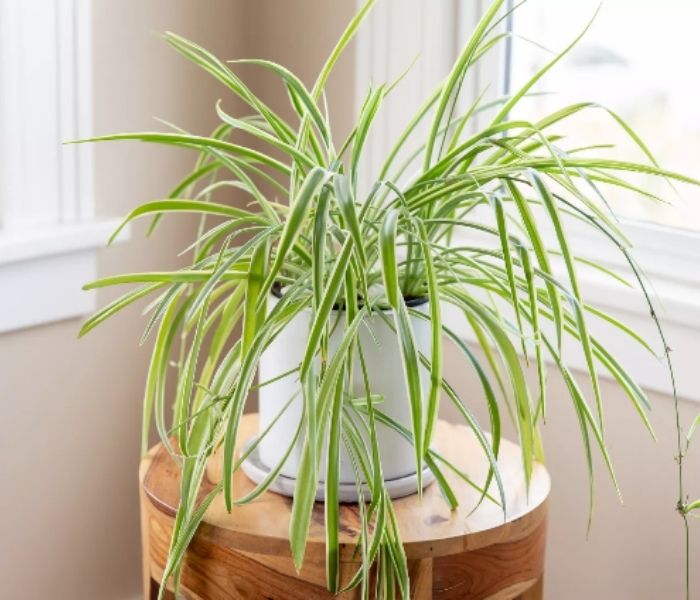
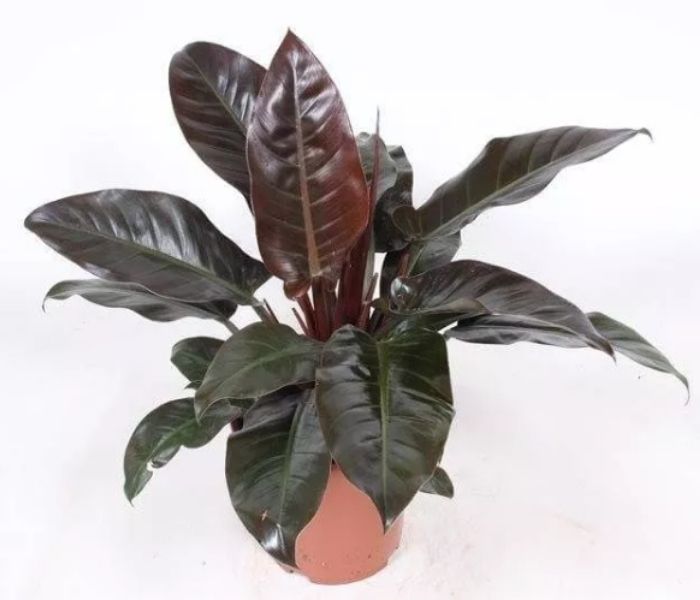
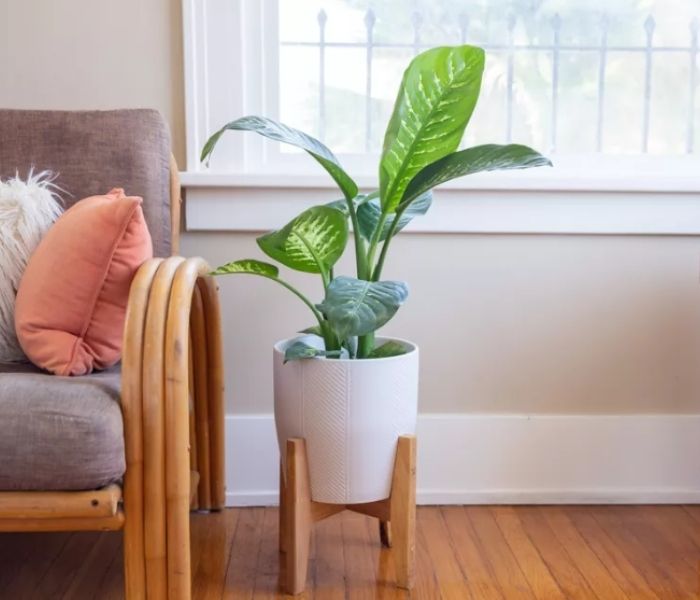

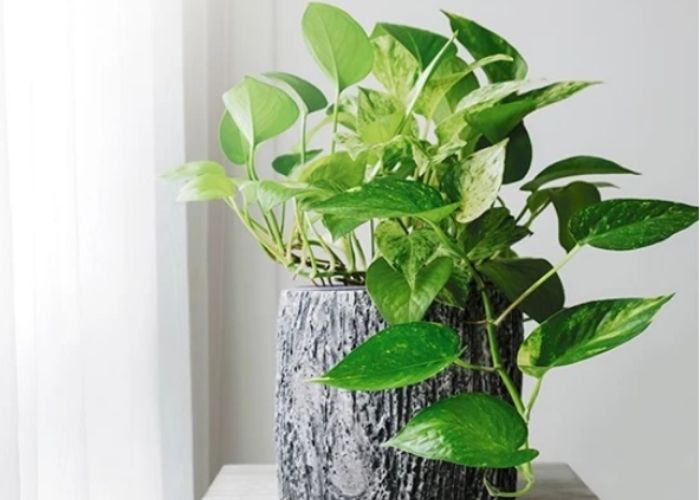

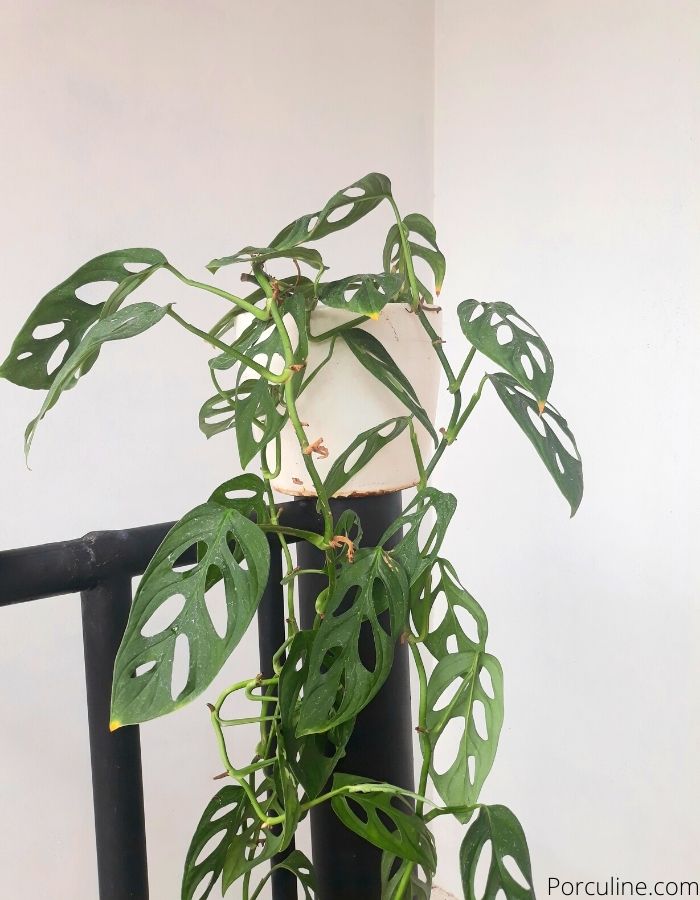
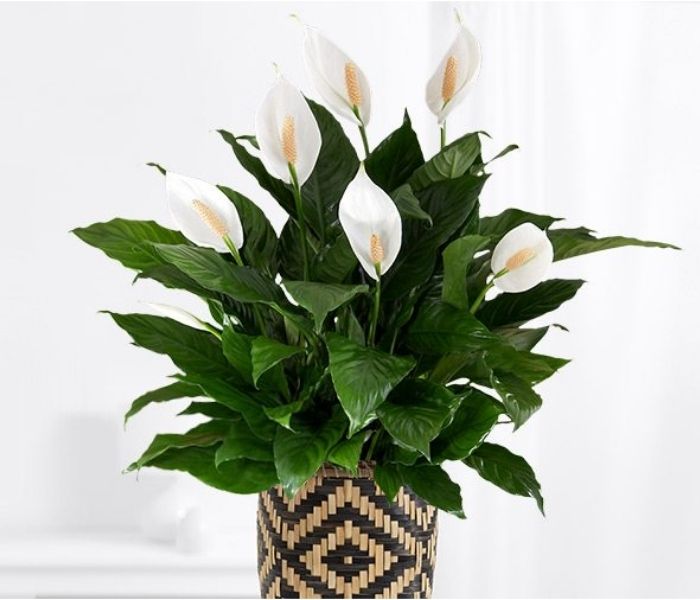
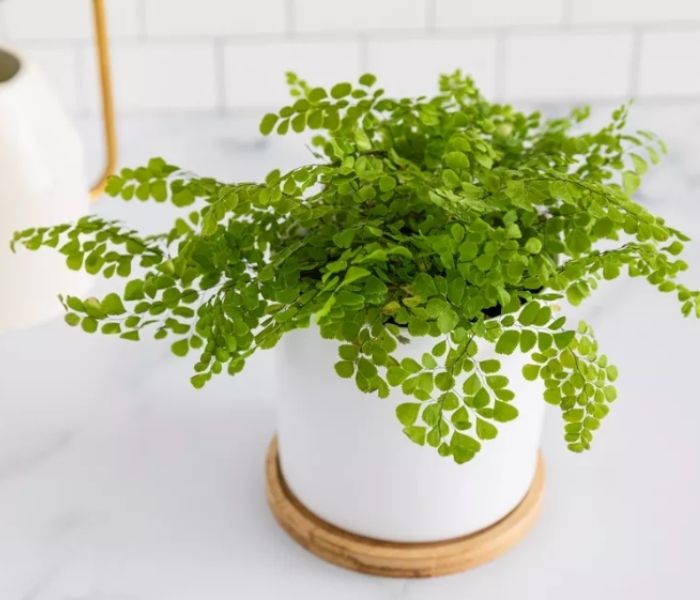
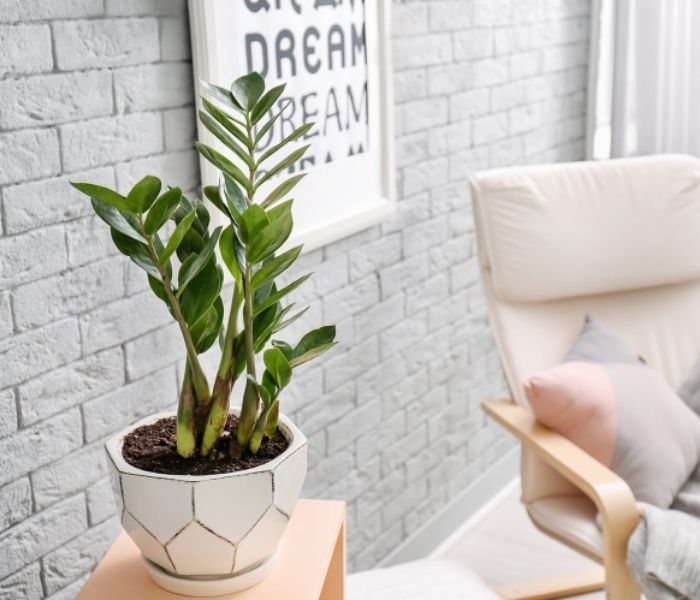
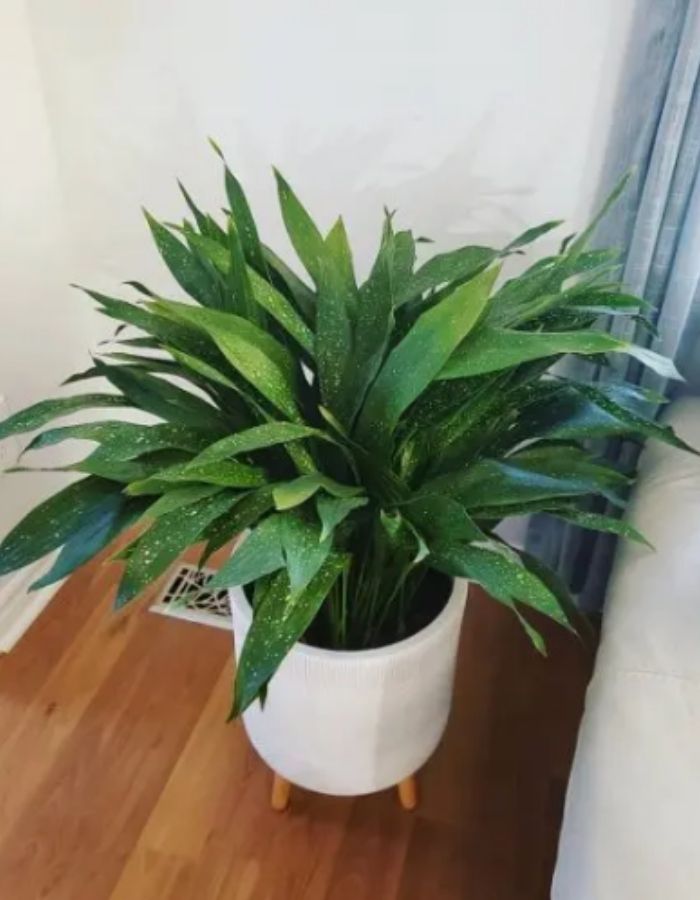
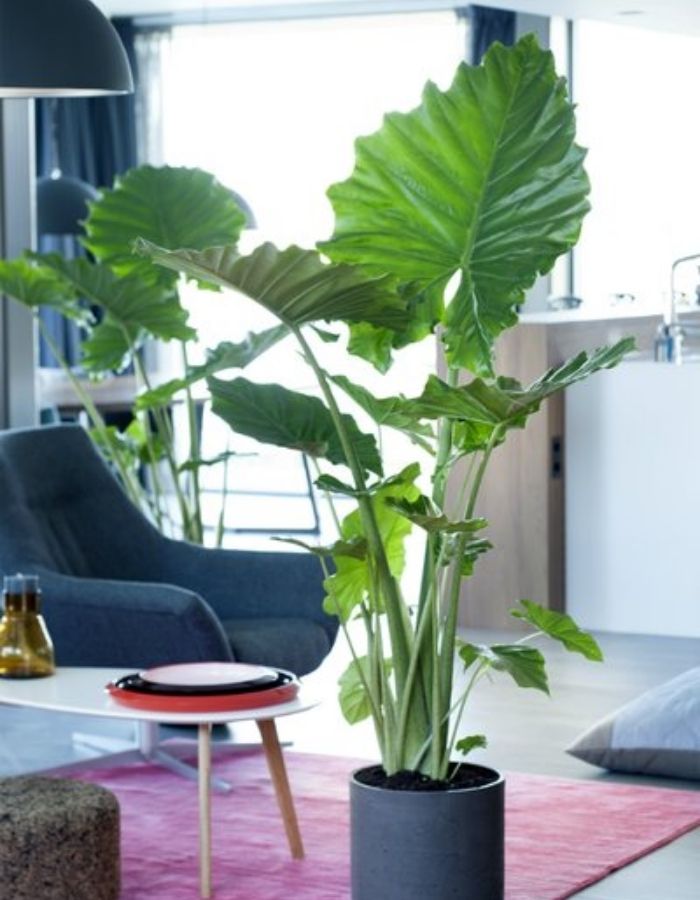

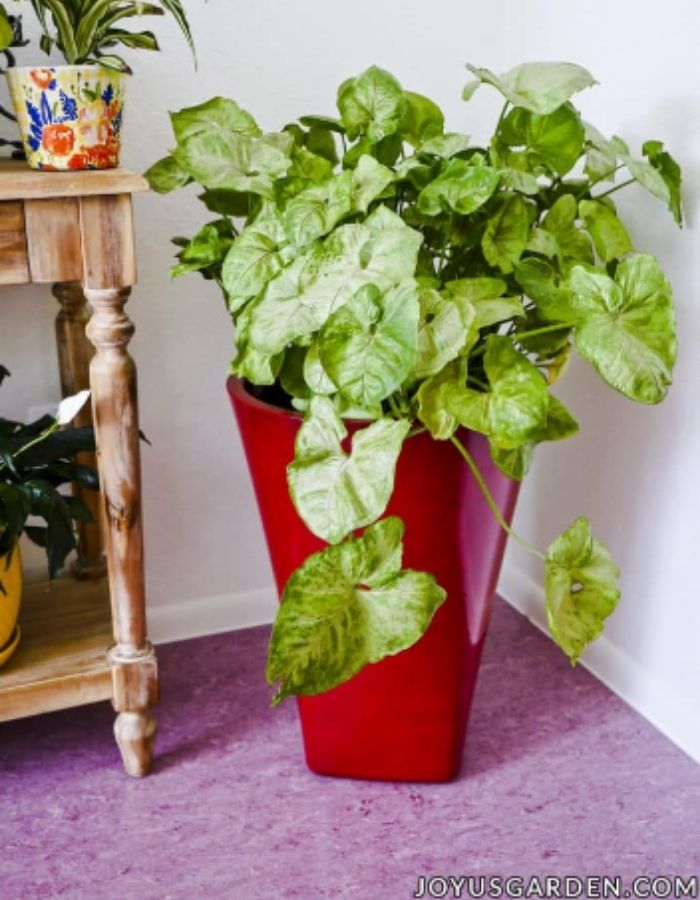
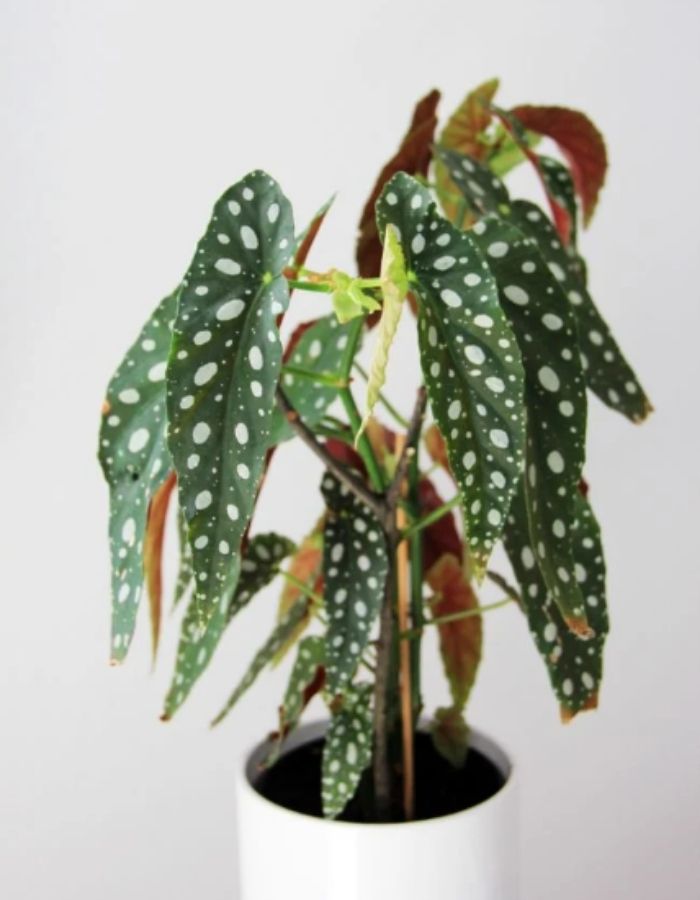

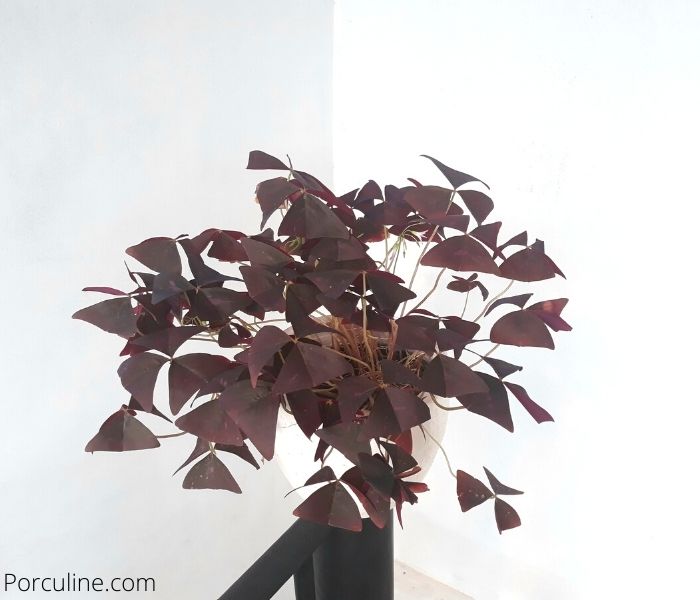
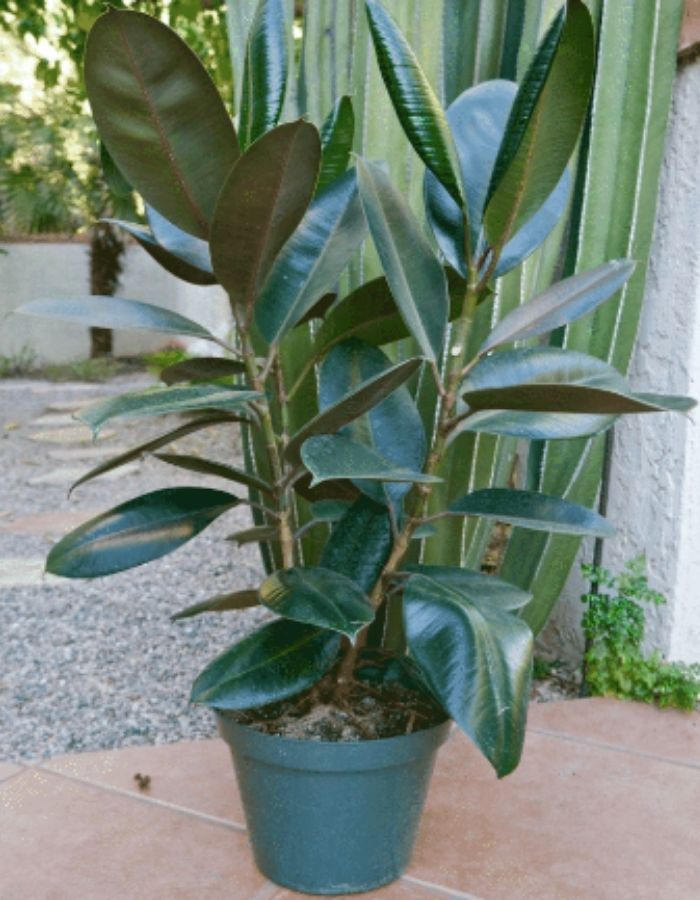
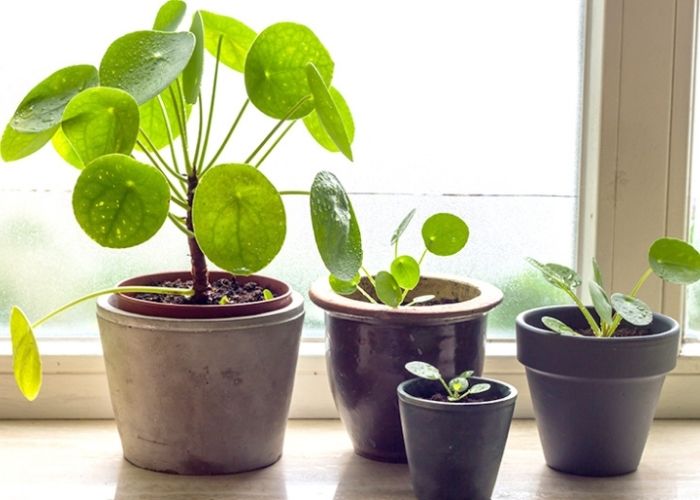

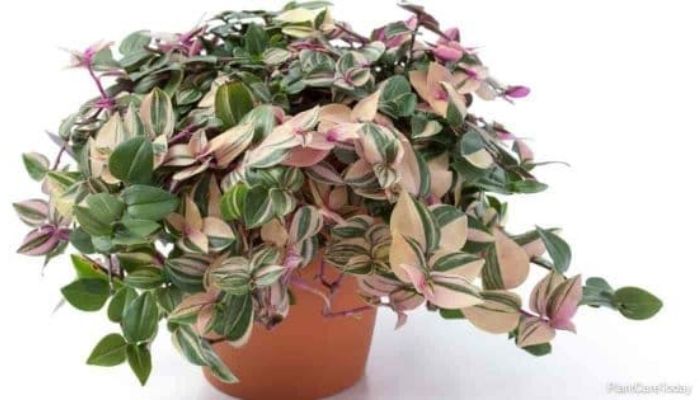
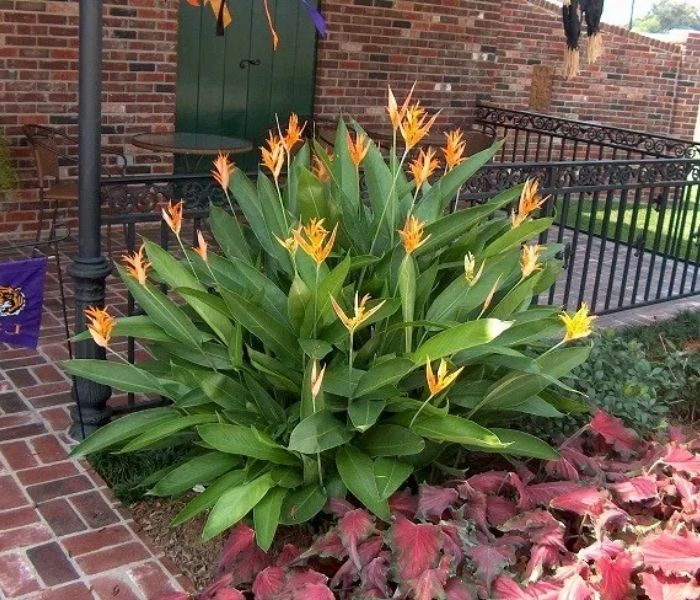
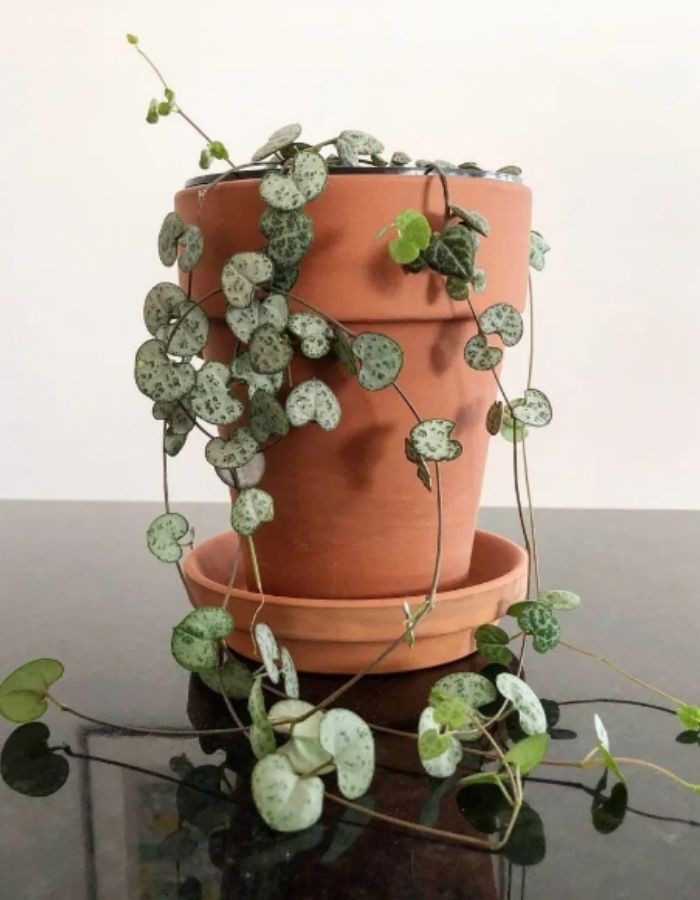
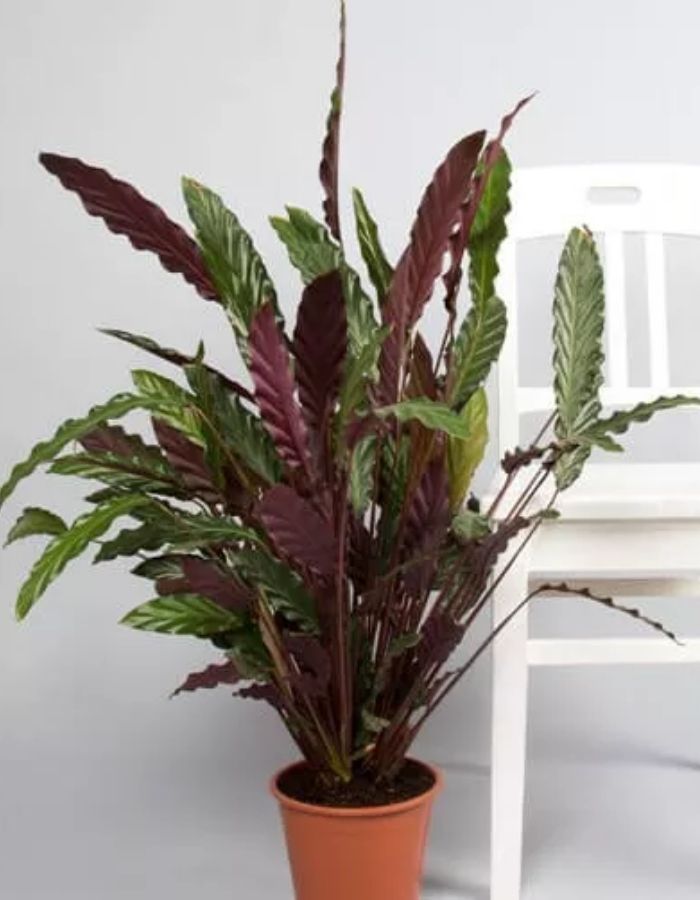
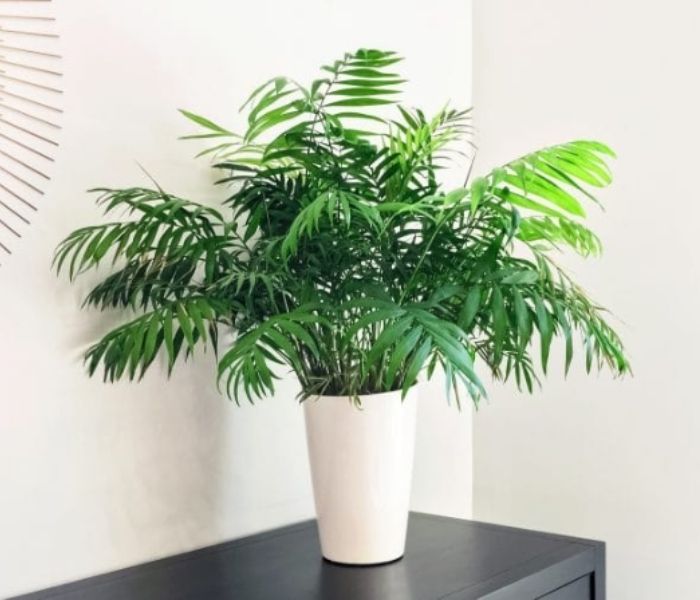
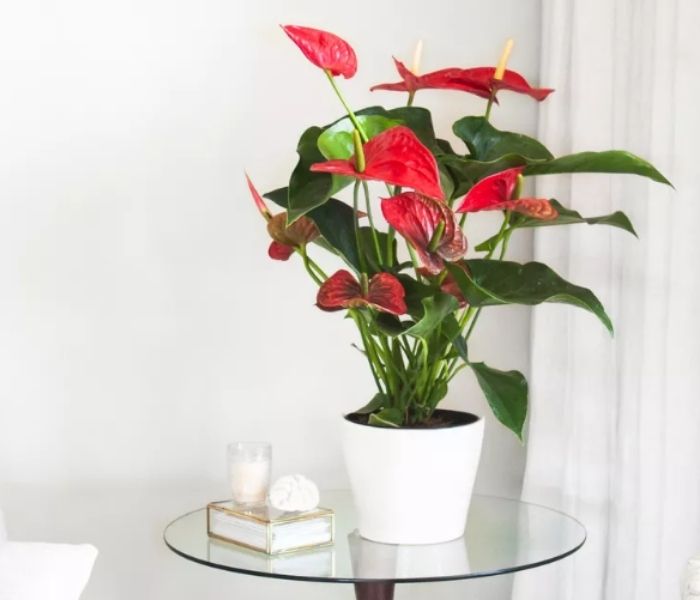
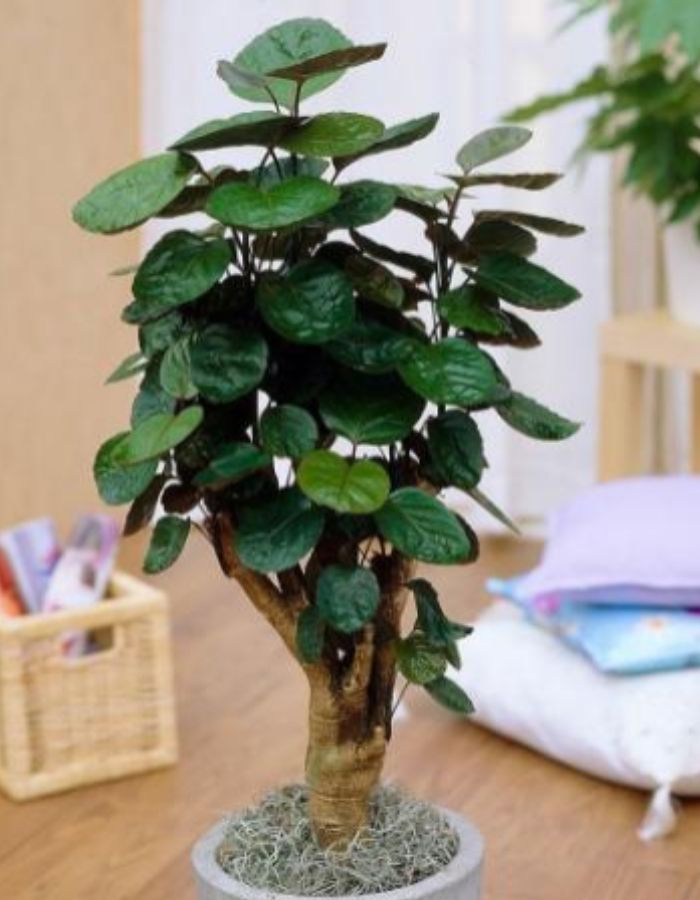


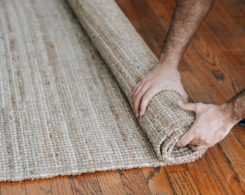
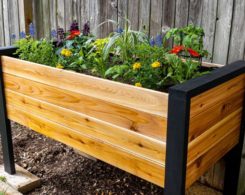
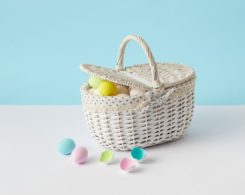
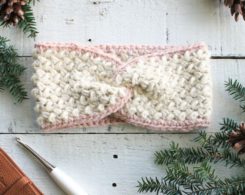
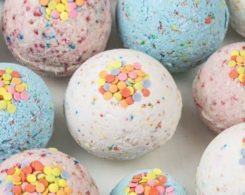
I have this plant and the leaves keep falling up I’ve done everything I don’t know what to do I need your help
Hi Sandra, there are many reasons that cause a plant to lose leaves, but usually, the most reason is because of overwatering and it’s followed by the leaves turning yellow. It can also be because of cold drafts or excessive heat, or they’re not getting enough sunlight, so you can bring the plant to a brighter spot or to indoor light like your desk lamp if you live in an area that doesn’t get enough sunlight. In some cases, it is because of insufficient nutrients.
However, if leaves falling from houseplants are replaced by healthy ones, then it’s not a problem.
Hope this could help.